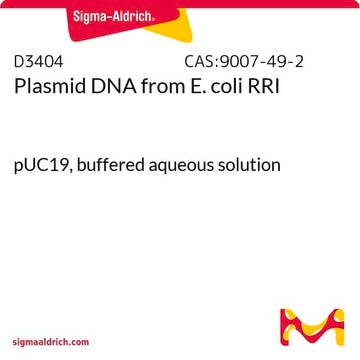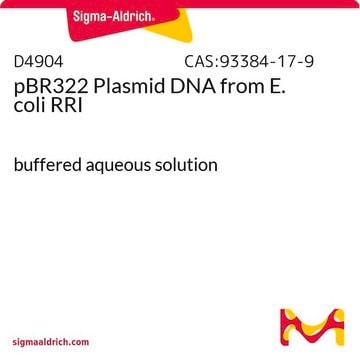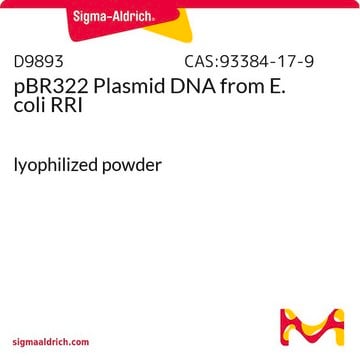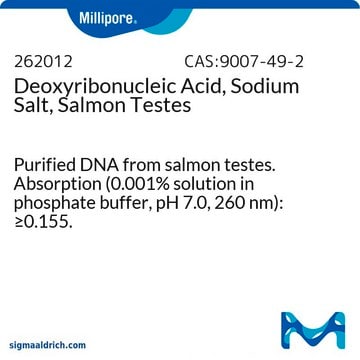The GenBank accession number for the sequence of the high-copy number plasmid pUC18 is VB0025.
The following link contains the sequence for this plasmid: https://www.addgene.org/50004/sequences/#depositor-full.
The plasmid is 2,686 base pairs in length and the molecular weight is approximately 1.75 × 10⁶ daltons, so the 10µg should be 3.4 x 10^12 copies.











